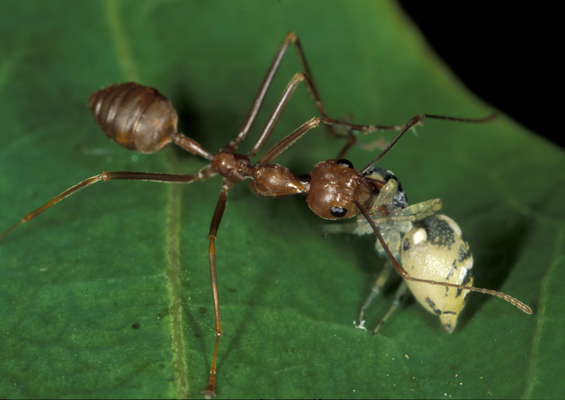
Forget Smart Watches, ‘Smart Skin’ May Be the Next Big Thing in Wearable Computers
Science, April 2014Parkinson’s patients could one day ditch their pills for a stretchy skin patch with a mind of its own. Using specialized sensors, the patch would monitor the wearer’s vital signs, beam the information to a doctor, and administer medication as needed. While such devices still face substantial obstacles before wide-scale implementation, two teams of researchers have announced innovations combining standard electronics with flexible materials that may bring the futuristic concept closer to reality.






